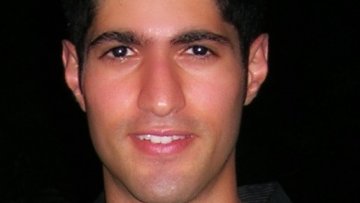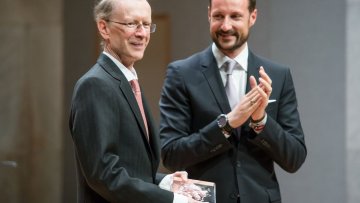Self-organized dynamics: from emergence of consensus to social hydrodynamics
Abstract
Self-organization is observed in systems driven by the “social engagement” of agents with their local neighbors. Prototypical models are found in opinion dynamics, flocking, self-organization of biological organisms, and rendezvous in mobile networks.
We discuss the emergent behavior of such systems. Two natural questions arise in this context. The underlying issue of the first question is how different rules of engagement influence the formation of clusters, and in particular, the emergence of 'consensus'. Different paradigms of emergence yield different patterns, depending on the propagation of connectivity of the underlying graphs of communication. The second question involves different descriptions of self-organized dynamics when the number of agents tends to infinity. It lends itself to “social hydrodynamics”, driven by the corresponding tendency to move towards the local means.
We discuss the global regularity of social hydrodynamics for sub-critical initial configurations.



